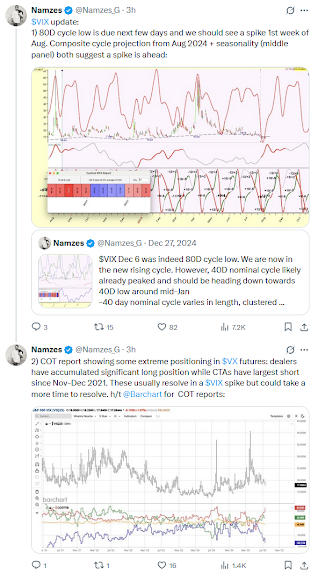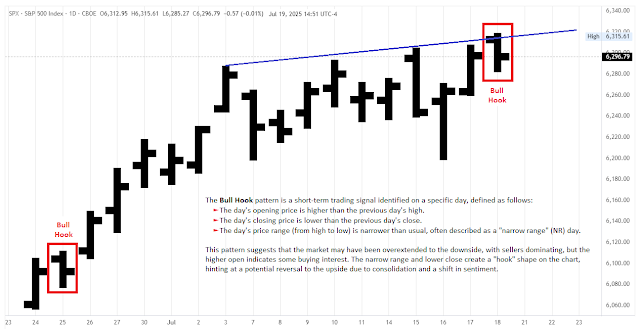The $1.3 trillion US–EU trade agreement, reached after a tense 40-minute meeting held between US President Trump and President of the European Commission Ursula von der Leyen at Trump’s Scottish golf course on July 27, avoids a full-blown trade war.
As expected, Brussels, the tribute-bound US vassal, folded under pressure, and the circus ringmaster turned European diplomacy into an intergalactic howler: The
EU accepted a 15% US tariff on its exports—while the US kept zero
tariffs in return. Europe agreed to invest $600 billion into the US
economy, pledged to buy hundreds of billions' worth of overpriced
American weapons, and committed to $750 billion in US LNG purchases—$250
billion over the next three years alone—because apparently that's
better than cheap gas through Nord Stream. In exchange, the US gave...
absolutely nothing.
Von der Leyen, "You're known as a tough negotiator and dealmaker." Trump, "But fair."
Von der Leyen, "And fair." Trump adds, "That's less important." Room erupts in laughter.
This 'screw you' deal and EU bailout for the US is seen as an absolute geopolitical and geoeconomic win for Trump,
reinforcing his strategy of tariff threats and pressure, echoed in
recent deals with Japan, Vietnam, and others.
Brussels' Barbie—Trump’s total contempt: incompetent, corrupt, compromised.
Marine Le Pen, a veteran right-wing politician from France, calls the deal a political, economic, and moral "fiasco", and "an outright surrender for French industry and for our energy and military sovereignty"; Russian Foreign Minister Sergey Lavrov predicts "it will accelerate Europe’s deindustrialization".
Reference:
It is difficult, indeed.

































